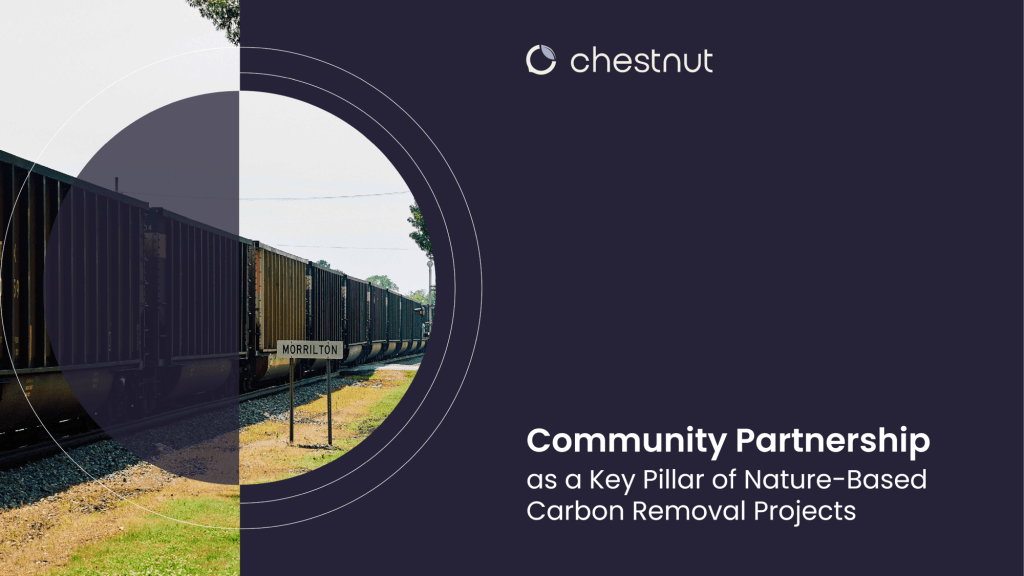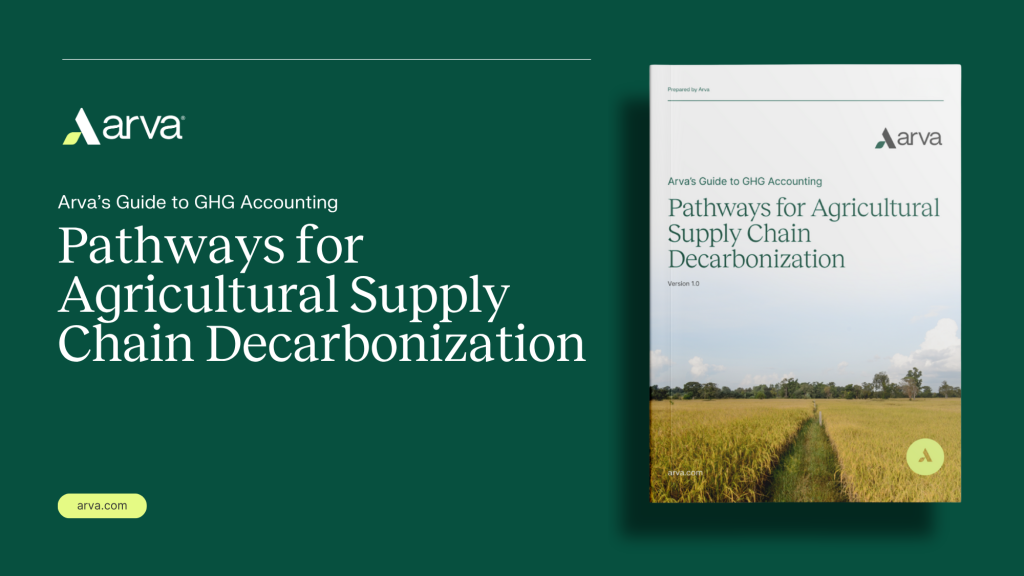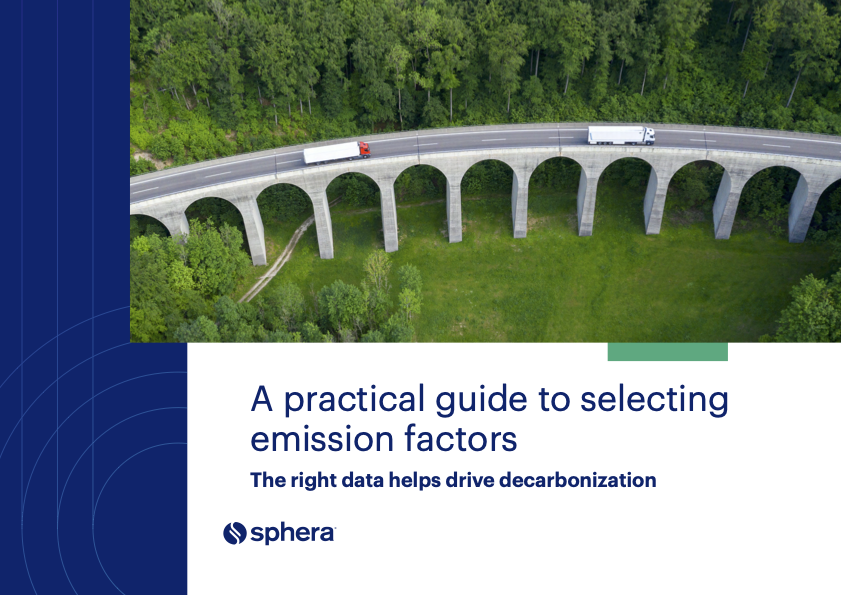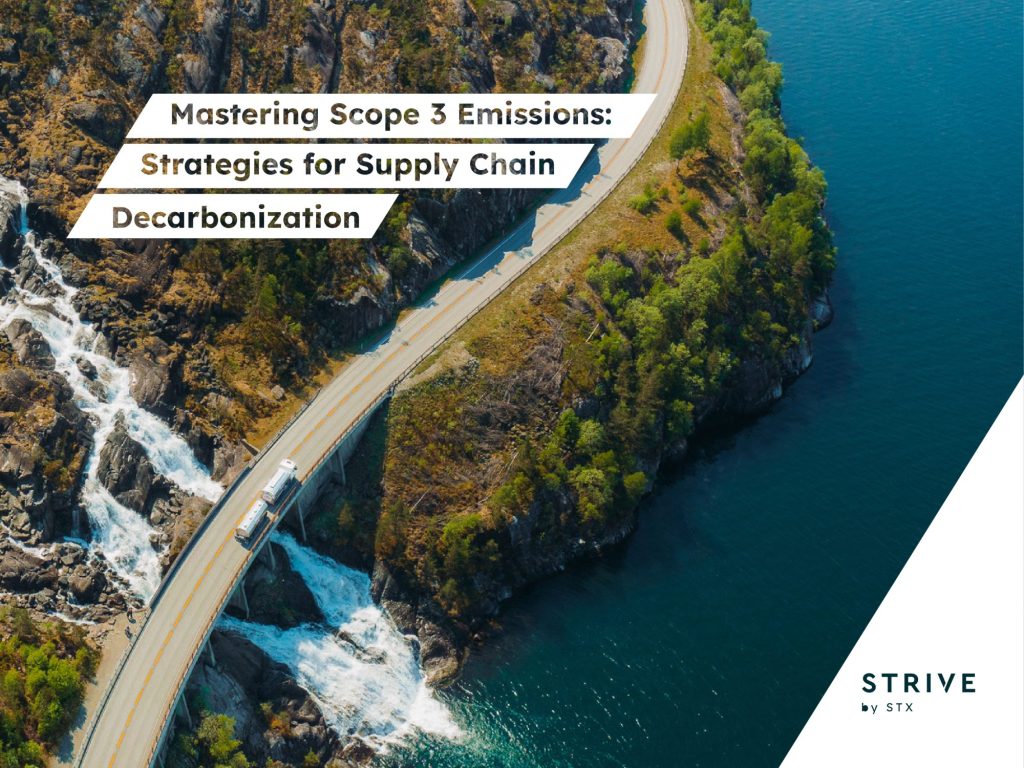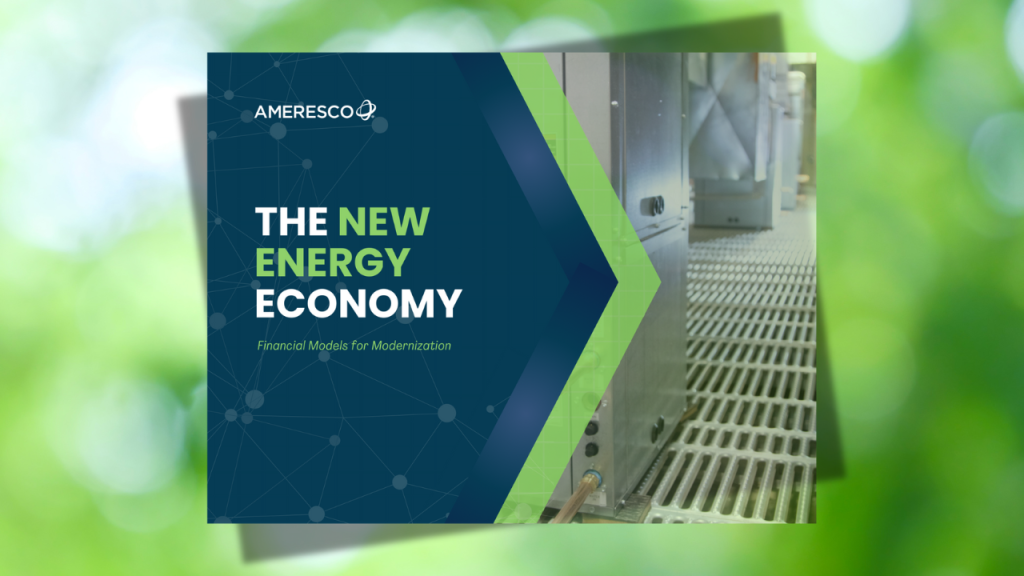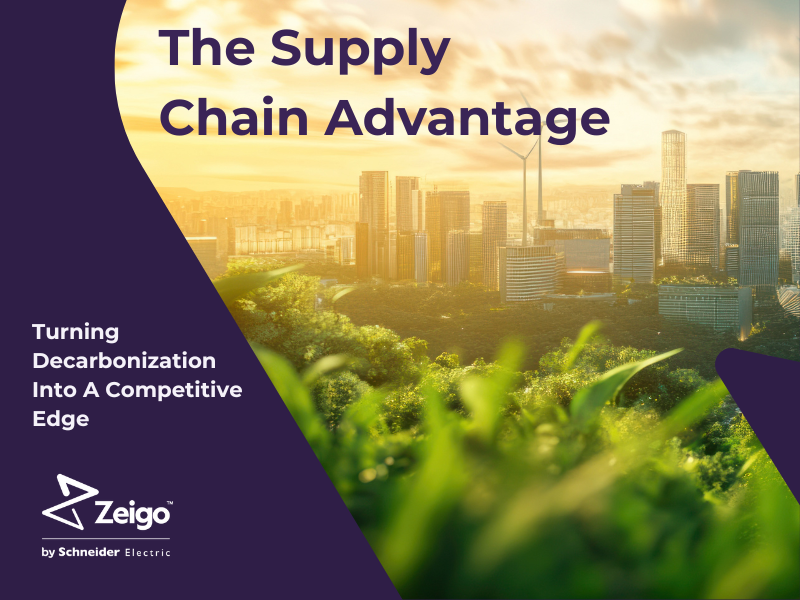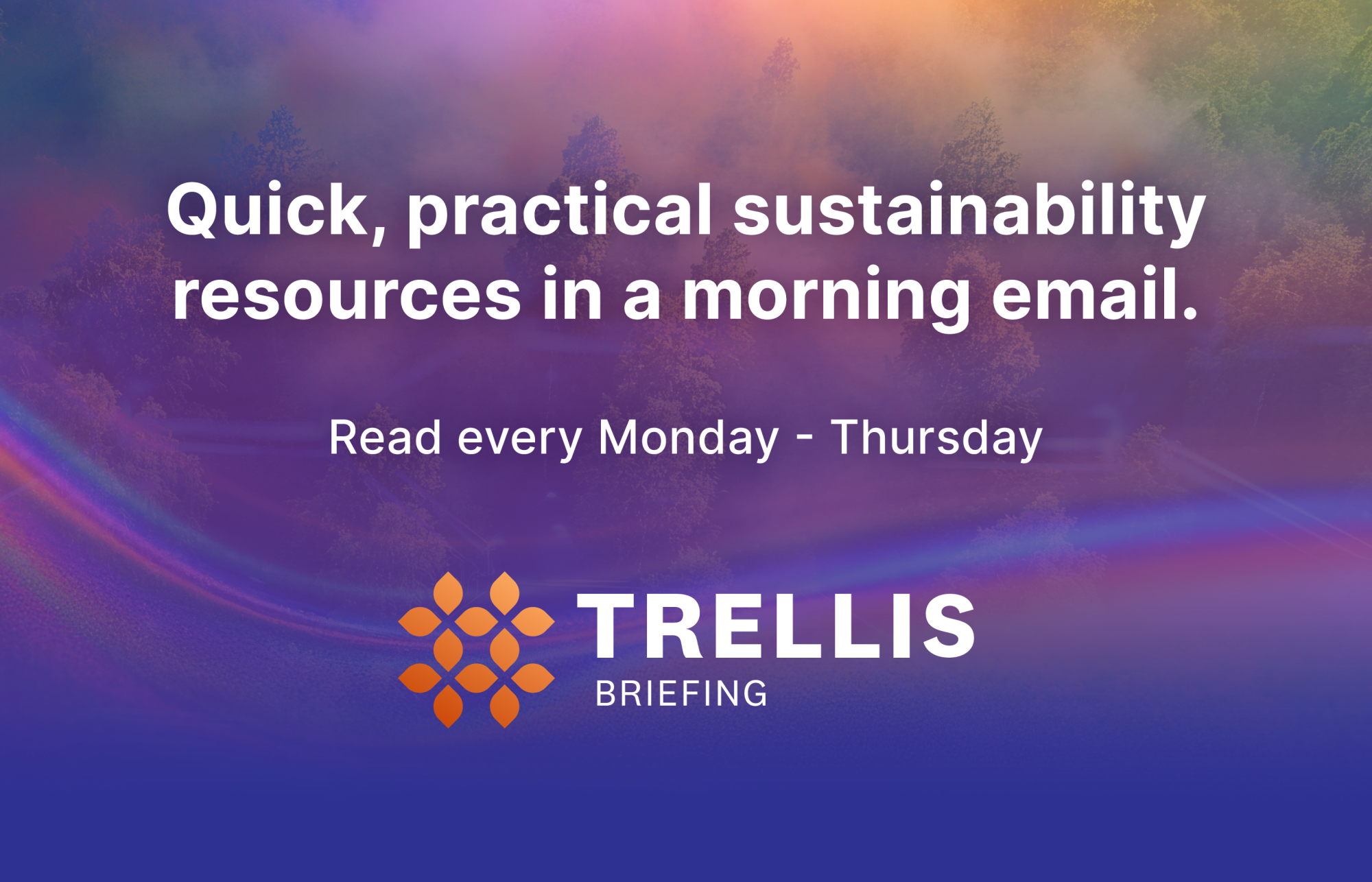How Microsoft and Unilever turned climate adaptation into a competitive advantage
Companies with strong adaptation strategies gain a "resilience dividend" over time. Read More

- Companies with strong adaptation strategies often gain a “resilience dividend” that grows over time.
- Adaptation strategies fall into three categories: defensive, opportunistic and transformative. The most successful strategies combine all three.
- Since traditional financial metrics can fail to capture the full value of resilience investments, companies can also measure them via customer and operational metrics.
The opinions expressed here by Trellis expert contributors are their own, not those of Trellis.
Risk mitigation efforts such as reducing emissions, transitioning to clean energy and setting science-based targets have dominated corporate climate strategy in recent years. But now, forward-thinking companies are going beyond that to transform climate adaptation strategies into competitive advantages and business drivers.
The business case for climate resilience goes beyond merely avoiding losses. Companies with strong adaptation strategies often gain a “resilience dividend” that grows over time. As extreme weather events become more frequent and severe, operational reliability becomes a key differentiator, allowing resilient businesses to maintain consistent service while others face disruptions. This reliability fosters customer loyalty and attracts talent, especially among younger workers who value future-ready employers. Additionally, climate resilience enhances access to capital, as credit rating agencies increasingly factor it into their assessments, leading to lower borrowing costs and attracting investors focused on long-term stability.
Below are several case studies that show how adaptation strategies became a competitive advantage.
Microsoft’s climate-ready cloud infrastructure
Microsoft didn’t just build energy-efficient data centers for its cloud infrastructure — it engineered facilities specifically designed to operate through extreme weather events. Their heat-resistant cooling systems, flood-proof designs and redundant power systems have become a selling point with enterprise customers who can’t afford downtime during climate disasters.
Given the increasing extreme weather phenomena, operational continuity can translate directly into customer acquisition. While neither Microsoft nor its recently on-boarded customers such as SAP and VMWare disclosed reasons for migrating to the company’s “climate-ready” cloud services, it’s not a stretch to think those customers considered extreme weather/disaster preparedness as essential infrastructure rather than a nice-to-have feature.
While Microsoft doesn’t break out revenues derived from its climate resilient offerings, it acknowledged in its 2024 10-K filing that “providing our customers with more services and solutions in the cloud puts a premium on the resilience of our systems and strength of our business continuity management plans.”
Unilever’s regenerative supply chain strategy
Unilever transformed its agricultural sourcing from a cost-minimization exercise into a competitive moat through regenerative agriculture programs. Rather than simply diversifying suppliers to reduce climate risk, it’s working with farmers to build soil health, improve water retention and increase crop resilience. In 2022 through its Knorr brand, Unilever worked with Spanish tomato suppliers and farm managers to help them protect crops from decreased rainfall and depleted underground water reserves. Using cutting-edge sensors and soil probes that inform farmers about the exact amount of water needed affords more precise water use and results in significant financial savings and a more resilient production system. These activities achieved:
- A 37 percent decrease in greenhouse gas emissions per kilo of tomatoes compared to pre-project levels
- Soil organic matter increased from 1 percent to 1.27 percent over two years, a key indicator of soil fertility and carbon capture ability
- A 173 percent increase in pollinators and 27 percent increase in wildflower diversity where farmers planted wildflower borders
This strategy delivered multiple competitive advantages. First, price stability during commodity price volatility gave Unilever predictable input costs while competitors faced margin pressure. Second, brand differentiation through traceable, climate-adapted ingredients appealed to environmentally conscious consumers. And most significantly, supplier loyalty protected market share — farmers invested in Unilever’s regenerative programs are less likely to work with competitors. Unilever earned $1.5 billion from internal cost savings actions based on sustainability criteria such as energy efficiency and waste reduction from 2008 to 2021.
Zurich Insurance’s evolution from risk transfer to risk advisory
Five years ago, Zurich Insurance recognized that traditional insurance — transferring climate risks after they occur — was becoming an increasingly expensive and inadequate solution. So it repositioned itself as a climate resilience consultant, helping clients adapt before disasters strike.
Zurich Insurance announced their “Resilience Solutions” — a rebranding of overall risk services that now generate revenue streams that didn’t exist five years ago including climate risk assessments, adaptation planning services and resilience technology implementations. Rather than simply paying claims after floods or storms, Zurich Insurance helps clients build flood barriers, upgrade infrastructure and develop business continuity plans. The company has grown revenues from its sustainable activities from $566 million in 2022 to $1.7 billion in 2024.
This strategic shift creates customer stickiness that pure insurance products cannot match. Clients who work with Zurich Insurance on resilience planning are far more likely to maintain their insurance relationships and less likely to shop based purely on price. Both Zurich Insurance and investment analysts note this. The consulting revenue also provides more predictable income streams compared to traditional underwriting.
The adaptation-innovation framework
These companies’ successes share a common approach that moves beyond traditional risk management. Their adaptation strategies fall into three categories:
Defensive adaptations protect existing operations. This includes physical infrastructure upgrades, supply chain diversification, and business continuity planning. While necessary, defensive measures alone don’t create competitive advantage — they simply maintain existing market position.
Opportunistic adaptations turn climate challenges into business opportunities. This might involve developing products specifically for climate-changed conditions, serving markets that competitors can’t reach due to climate risks, or capturing market share when less-prepared competitors face disruptions.
Transformative adaptations reimagine business models for a climate-changed world. Companies in this category don’t just adapt their existing operations — they fundamentally restructure how they create and capture value in response to climate realities.
The most successful companies combine all three approaches, using defensive measures to protect their foundation while pursuing opportunistic and transformative strategies that create new sources of competitive advantage.
Measuring and communicating resilience value
Traditional financial metrics often fail to capture the full value of resilience investments. Companies need new approaches to measure and communicate adaptation benefits to stakeholders. As such:
Customer metrics become crucial. Retention rates during extreme weather events, acquisition costs for climate-concerned customers, and premium pricing for resilient products or services.
Operational metrics should track uptime during climate events, supply chain reliability compared to competitors, and employee retention in climate-vulnerable locations.
Financial metrics must evolve beyond ROI calculations to include avoided costs, reduced insurance premiums and improved credit ratings. Forward-thinking companies are also tracking “resilience revenue”—income streams that exist specifically because of their adaptive capabilities.
Investor communication requires reframing resilience investments from cost centers to value drivers. Rather than justifying adaptation spending as necessary expenses, companies should present them as strategic investments that enhance competitive positioning and create new revenue opportunities.
The future of resilience competition
Treating climate adaptation as a competitive advantage marks a significant shift in corporate strategy. As climate impacts intensify, companies that treat resilience as a strategic opportunity rather than a compliance task are poised to unlock outsized value. For investors and leaders, the takeaway is clear: climate resilience is no longer just about reducing risk — it’s about gaining a strategic edge in a world where adaptation defines the next wave of competitive advantage.

Subscribe to Trellis Briefing
Featured Reports

The Premier Event for Sustainable Business Leaders


